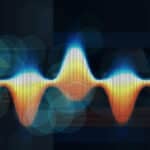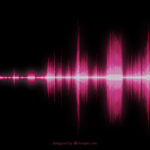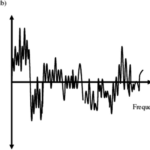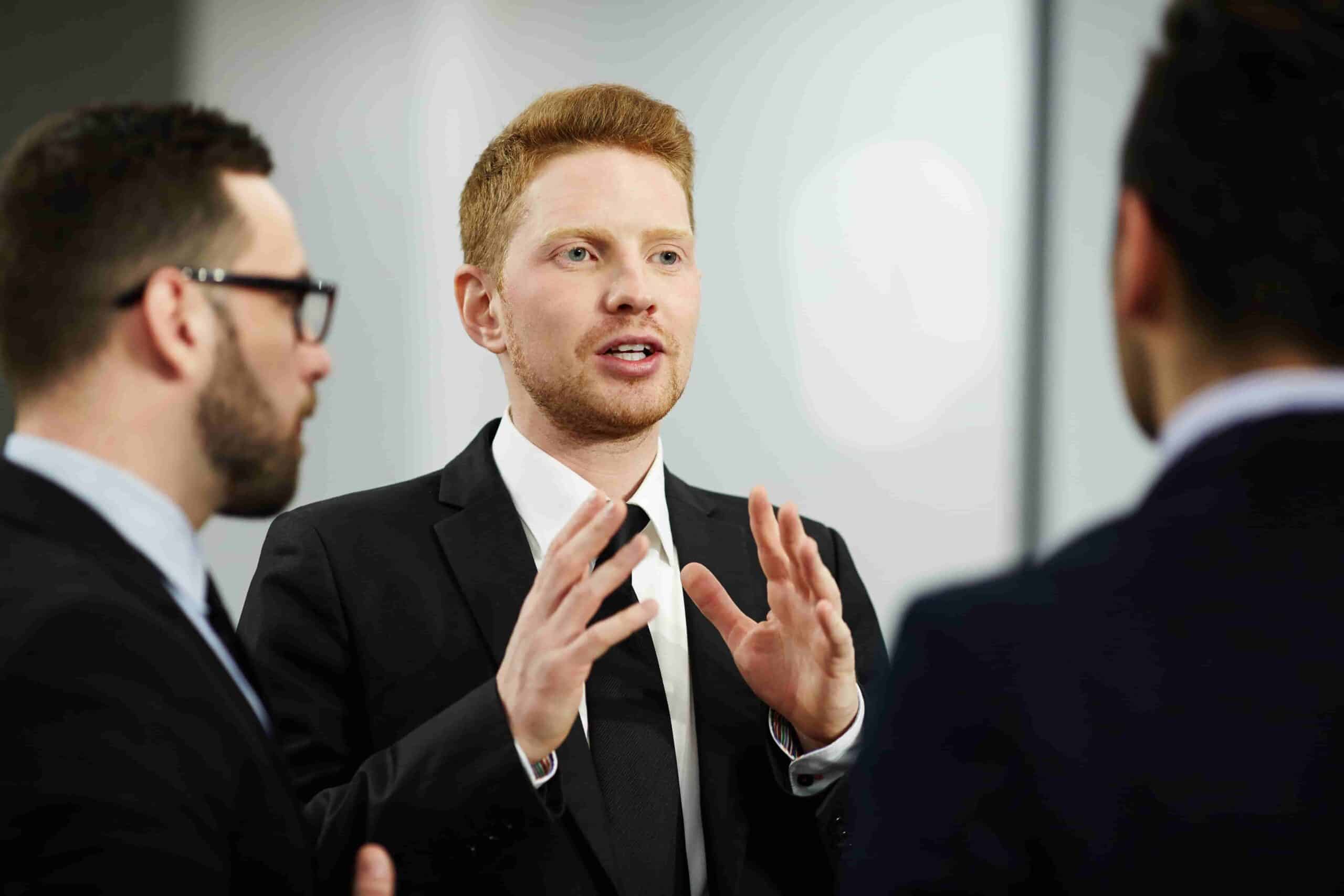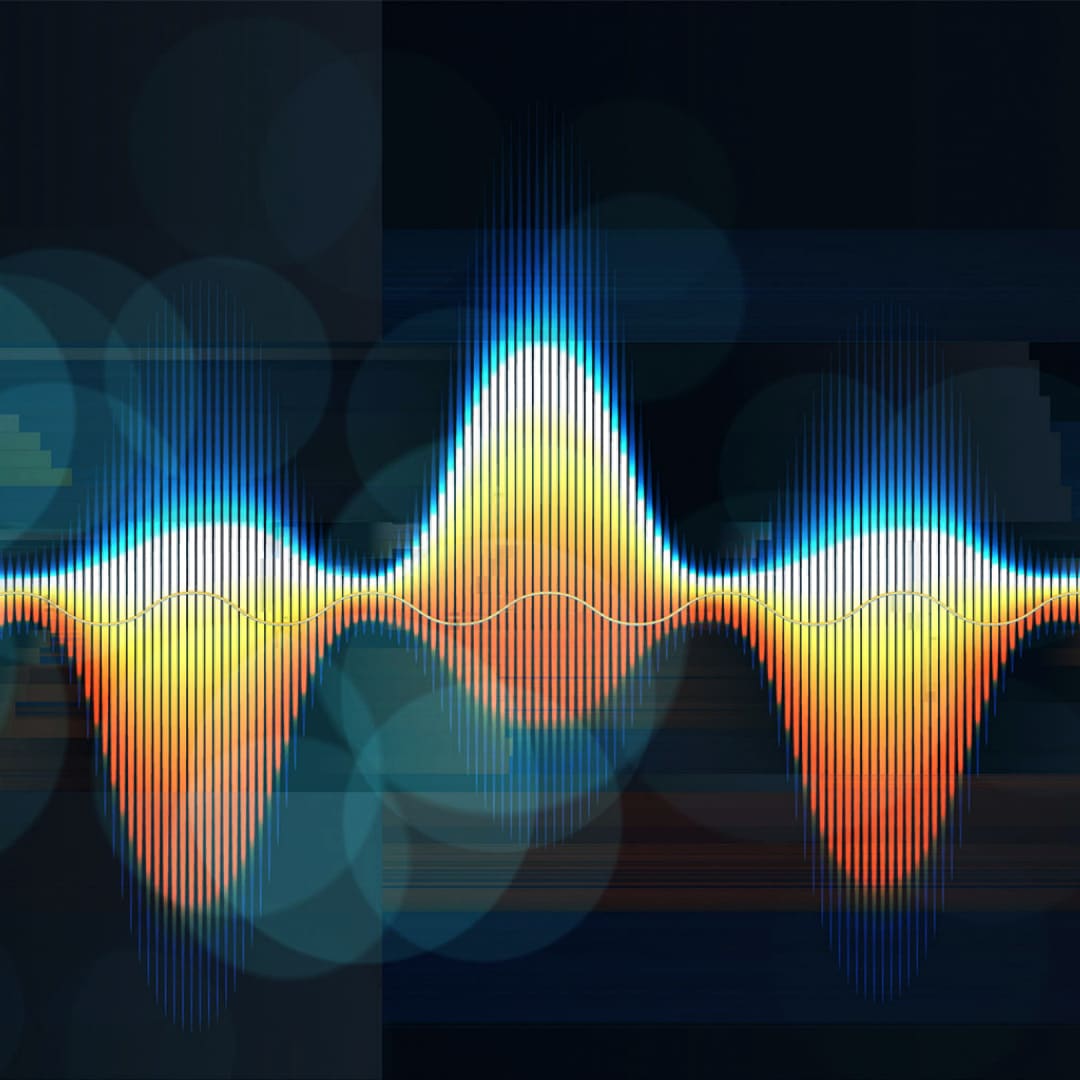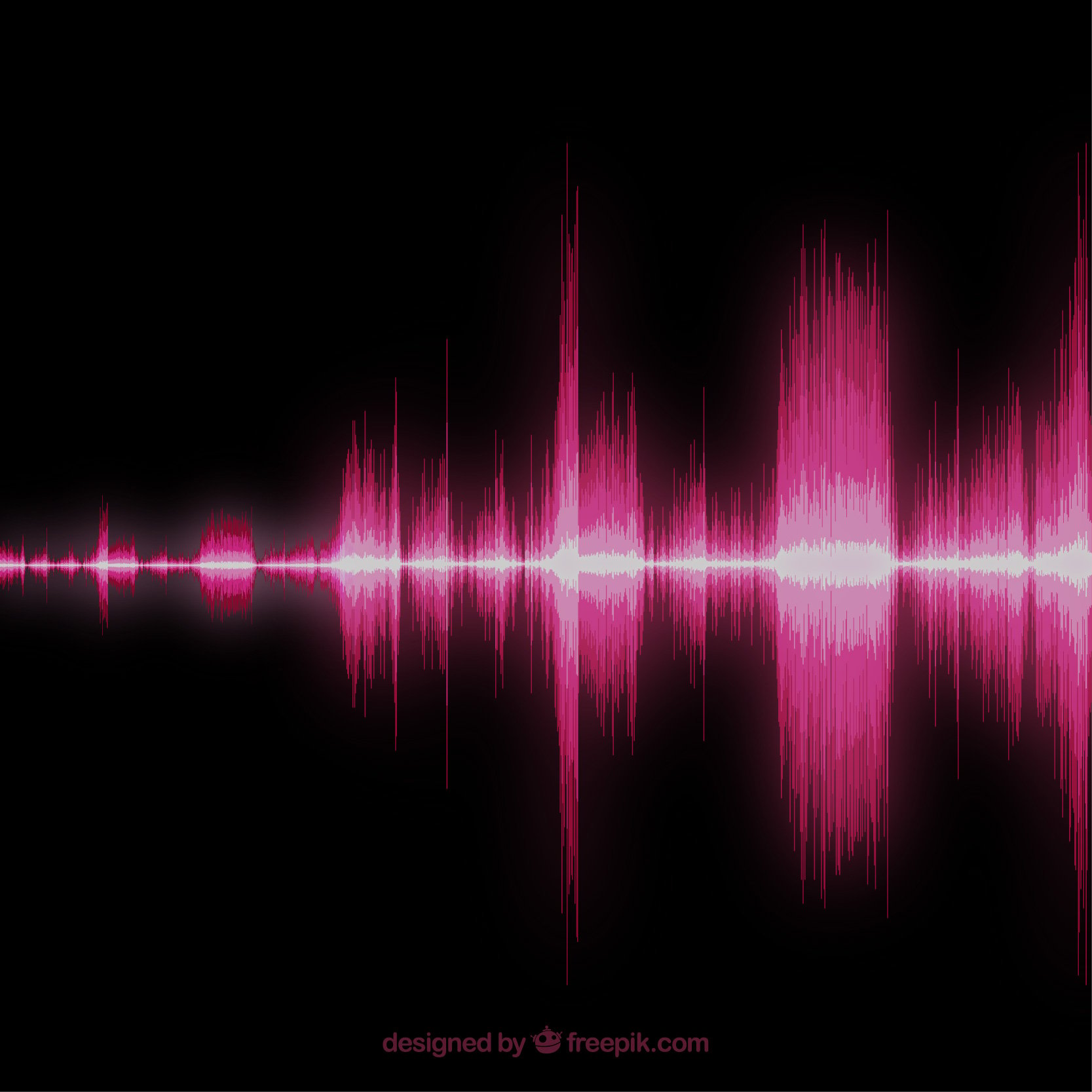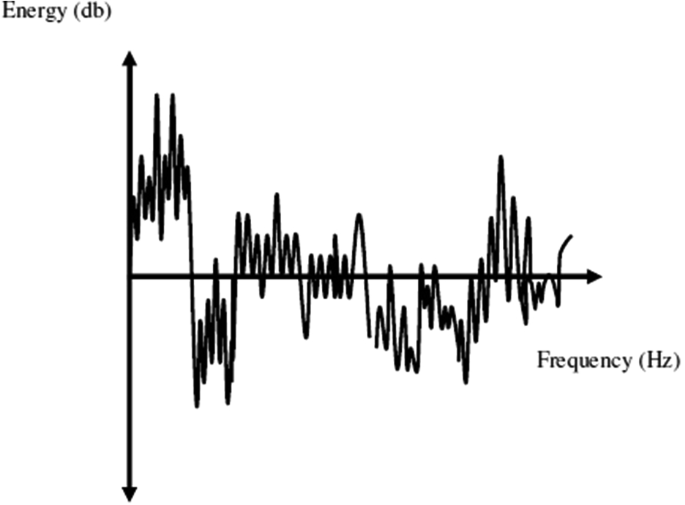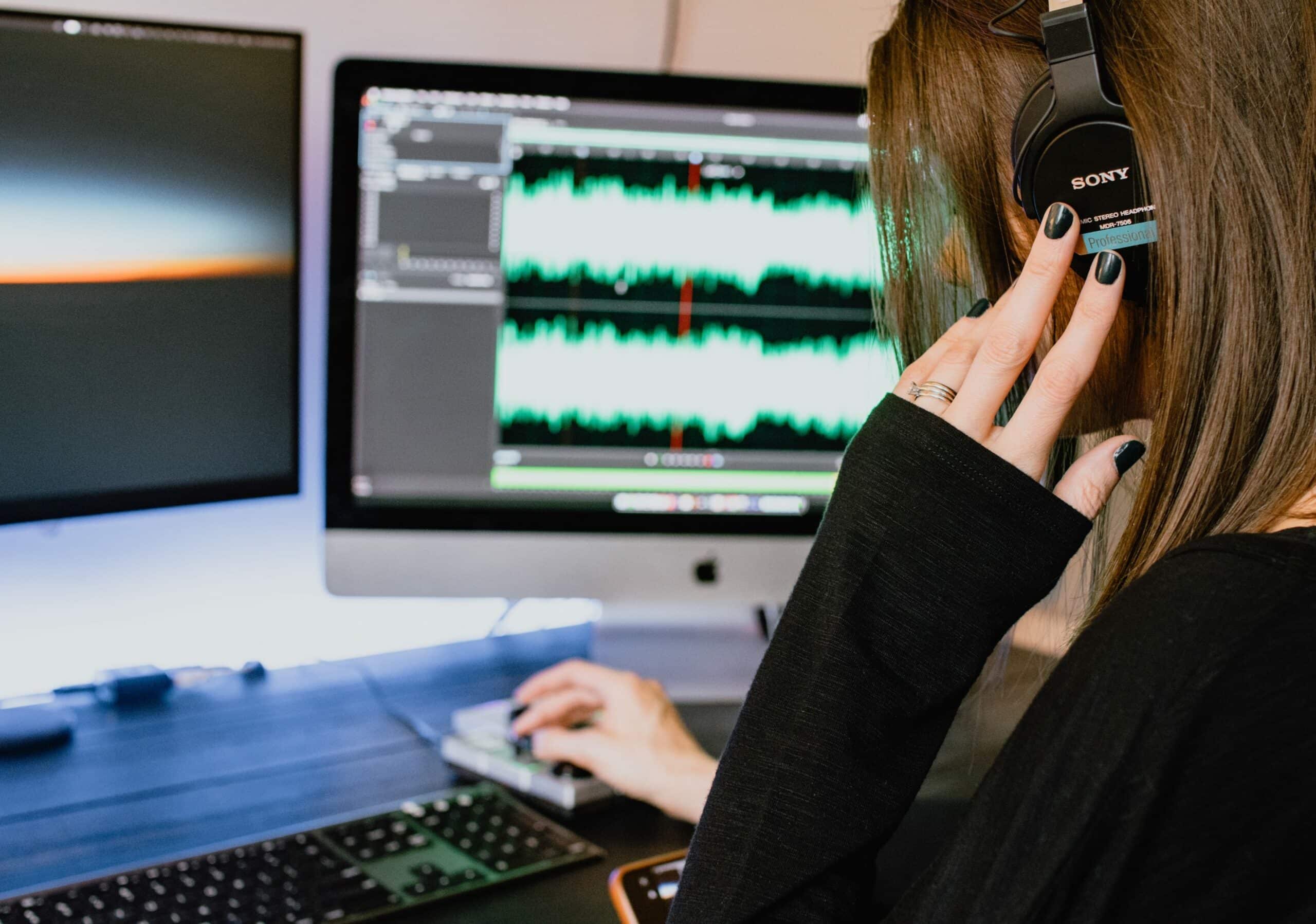Are you an artist or creator grappling with copyright infringement in the music industry? I’ve been there too, aware of how rampant unauthorized use of copyrighted material can harm your hard-earned original work.
This article will illuminate on the role of audio forensics, a specialized field that examines and interprets audio evidence to prevent intellectual property violations. Stay tuned – protecting your creativity just got easier!
Key Takeaways
- Audio forensics is a specialized field that examines and interprets audio evidence to prevent intellectual property violations, specifically in the music industry.
- It plays a crucial role in identifying unauthorized use of music samples, establishing chain of custody for audio evidence, and analyzing audio recordings for tampering or manipulation.
- By providing objective evidence in copyright infringement cases, audio forensics helps protect artists and creators from having their work unfairly exploited.
Understanding Intellectual Property Disputes in the Music Industry

Copyright infringement cases and unauthorized use of copyrighted material are common issues in the music industry, highlighting the importance of protecting artists and creators.
Copyright infringement cases
Copyright infringement cases are rampant in the music industry, increasingly causing concern amongst artists. These legal battles stem from unauthorized use of original pieces of work, often without proper attribution to the rightful owners.
In many instances, this issue is stemming from an unclear understanding or intentional flouting of copyright laws protecting intellectual property rights. Legal protection for composers and their original works dates back to the early 1890s with lobbying efforts strengthening over time.
Today’s digital era has unfortunately made it even easier for violations to occur which jeopardizes these hard-fought protections. To counteract this growing problem, some artists now take out insurance policies as a safeguard against potential infringements on their creative work—highlighting just how serious and prevalent these disputes have become in our time.
Unauthorized use of copyrighted material
As an artist or creator, there’s no greater feeling than seeing your work appreciated and admired. However, the unfortunate reality is that some individuals may try to take advantage of your hard work by using it without permission or giving proper credit.
This unauthorized use of copyrighted material is a serious issue in the music industry and can have detrimental effects on artists and creators.
Copyright infringement occurs when someone uses another person’s original work without obtaining the necessary rights or licenses. In the context of music, this often involves unauthorized sampling of songs or using copyrighted melodies and lyrics without permission.
Not only does this violate the intellectual property rights of artists, but it also undermines their creative efforts.
Audio forensics plays a crucial role in identifying instances of unauthorized use of copyrighted material in intellectual property disputes. Through advanced audio analysis techniques, forensic experts can examine audio recordings to determine if any part has been sampled or used without proper authorization.
By providing objective evidence in copyright infringement cases, audio forensics helps protect artists and creators from having their work unfairly exploited.
In addition to detecting unauthorized sampling, audio forensics can also analyze and identify tampering or manipulation within audio recordings. This ensures that the integrity of an artist’s original work is preserved and protected from any potential distortions or alterations.
Importance of protecting artists and creators
As an artist and creator myself, I understand the importance of protecting our work. Intellectual property disputes in the music industry have become increasingly common, with copyright infringement cases and unauthorized use of copyrighted material on the rise.
Artists pour their heart and soul into their original works, whether it’s composing a beautiful melody or crafting powerful lyrics. They deserve to have their artistic creations respected and valued.
Protecting artists and creators goes beyond just legalities; it is about upholding the integrity of their original works. When someone uses another artist’s music without permission or proper licensing, it not only deprives them of fair compensation but also undermines their creative expression.
This issue not only affects individual artists but also impacts the entire music industry as a whole.
That’s where audio forensics plays a crucial role in intellectual property disputes. By utilizing specialized tools and techniques, audio forensic experts can identify unauthorized use of music samples and establish a chain of custody for audio evidence in court proceedings.
They are skilled at analyzing audio recordings to detect any tampering or manipulation that may have occurred, ensuring that justice is served.
The benefits of employing audio forensics in these cases are immense. It provides objective evidence that strengthens legal arguments against infringers, allowing artists to protect their rights effectively.
By preserving the integrity of original works through thorough analysis and investigation, we can ensure that creativity continues to thrive while safeguarding artists’ interests.
The Role of Audio Forensics in Intellectual Property Disputes

Audio forensics plays a crucial role in intellectual property disputes by identifying unauthorized use of music samples, establishing chain of custody for audio evidence, and analyzing audio recordings for tampering or manipulation.
Identifying unauthorized use of music samples
As an audio forensic expert, one of the key roles I play in intellectual property disputes is identifying unauthorized use of music samples. With the rise of digital technology and the ease of accessing vast libraries of music, artists and creators are increasingly vulnerable to their work being used without permission.
Through careful analysis and examination of audio recordings, I can determine whether a specific piece or segment of music has been sampled without proper authorization. This is crucial in copyright infringement cases, as it helps establish whether a violation has occurred and provides objective evidence for legal proceedings.
By utilizing specialized tools and techniques in audio forensics, I am able to protect the rights of artists and creators by ensuring that their original works are not being unlawfully appropriated or exploited.
Establishing chain of custody for audio evidence
As an audio forensic expert, one of the crucial roles I play in intellectual property disputes is establishing the chain of custody for audio evidence. This involves maintaining a meticulous record of every person who has handled the audio recordings, ensuring that there is no doubt about their authenticity and integrity throughout the legal proceedings.
By documenting each step along the way, from collection to analysis, I help ensure that the evidence will hold up in court and support our objective of protecting artists and creators.
In order to establish a solid chain of custody, I employ various techniques such as using tamper-evident packaging for physical media or utilizing secure digital storage methods for digital recordings.
With these safeguards in place, we can confidently demonstrate that the audio evidence has not been altered or compromised during its handling. This aspect is critical in intellectual property disputes as it strengthens our case by providing irrefutable proof of unauthorized use or infringement.
Analyzing audio recordings for tampering or manipulation
As an audio forensic expert, my role in intellectual property disputes is to meticulously analyze audio recordings for any signs of tampering or manipulation. This involves using specialized tools and techniques to carefully examine the authenticity and integrity of the audio evidence presented.
By scrutinizing every detail, I can determine if the recording has been altered in any way, such as through editing, splicing, or other forms of tampering. This analysis is crucial in copyright infringement cases as it helps establish the accuracy and reliability of the evidence presented in court.
With my expertise in audio forensics, I play a vital role in protecting artists and creators from unauthorized use of their work by uncovering any attempts at manipulation or misrepresentation within audio recordings.
Benefits of Audio Forensics in Protecting Artists and Creators
Audio forensics plays a crucial role in protecting artists and creators by providing objective evidence in copyright infringement cases, strengthening legal arguments, and preserving the integrity of original works.
Read on to discover how audio forensic analysis can safeguard intellectual property rights:.
Providing objective evidence in copyright infringement cases
As an audio forensic expert, my role in intellectual property disputes is crucial for protecting artists and creators from copyright infringement. One of the key benefits of audio forensics is its ability to provide objective evidence in copyright infringement cases.
Through extensive analysis and evaluation, I can determine if unauthorized use of copyrighted material has occurred by examining music samples, digital audio evidence, and recordings. This scientific approach strengthens legal arguments by presenting concrete facts that support the claim of copyright violation.
By preserving the integrity of original works through audio forensic analysis, we ensure that artists are given proper credit for their creations and receive fair compensation for their intellectual property rights.
Strengthening legal arguments
One of the key benefits of using audio forensics in intellectual property disputes is how it strengthens legal arguments. By employing specialized tools and techniques, audio forensic experts can provide objective evidence that supports the claims of artists and creators.
This helps to solidify their case against those who have infringed upon their copyrighted material.
Through detailed analysis and examination of audio recordings, an audio forensic expert can uncover tampering or manipulation that may have occurred. This evidence can be presented in court to demonstrate the authenticity and integrity of an artist’s original work.
With this additional level of proof, legal arguments become more persuasive and compelling.
In addition, by utilizing advanced audio forensics technology such as watermarking or blockchain, artists can further protect their intellectual property rights. These methods provide a secure way to establish ownership and prove originality beyond any doubt.
Preserving the integrity of original works
As an audio forensic expert, I understand the vital role that preserving the integrity of original works plays in intellectual property disputes. Artists and creators invest their time, talent, and creativity into producing unique pieces of art, music, writing, and more.
Through audio forensics analysis and investigation, we can ensure that these original works are protected from unauthorized use or tampering.
By utilizing advanced tools and techniques in audio forensics, we can accurately examine audio recordings for any signs of manipulation or tampering. This helps to establish the authenticity and integrity of the original work.
Whether it’s a music sample being used without proper permission or a dispute over copyright infringement, audio forensics provides objective evidence that strengthens legal arguments.
Preserving the integrity of original works is essential not only for artists but also for maintaining trust within the creative industry as a whole. With digital technology making it easier to alter or replicate content, it becomes crucial to have experts who can analyze audio recordings with precision and uncover any potential infringements on intellectual property rights.
In conclusion, through careful examination using audio forensics methods, we can effectively preserve the integrity of original works while protecting artists and creators from potential misuse or infringement.
By doing so,.
Conclusion
In conclusion, audio forensics plays a crucial role in protecting artists and creators in intellectual property disputes. By utilizing advanced technology and expert analysis, it enables the identification of unauthorized use of music samples and provides objective evidence in copyright infringement cases.
With the preservation of original works and the establishment of legal arguments, audio forensics safeguards the rights and integrity of artists in the dynamic landscape of the music industry.
FAQs
1. What is the role of audio forensics in intellectual property disputes?
Audio forensics plays a crucial role in intellectual property disputes by analyzing and authenticating audio recordings to determine their origin, integrity, and potential copyright infringement. It helps protect artists and creators by providing scientific evidence to support their claims.
2. How does audio forensics help in protecting artists and creators?
Audio forensics helps protect artists and creators by detecting unauthorized use or alteration of their copyrighted material. Through advanced techniques like voice comparison, spectral analysis, and waveform identification, experts can establish the authenticity of original recordings, providing strong evidence in legal proceedings.
3. Can audio forensics uncover hidden information in audio recordings?
Yes, audio forensics has the capability to uncover hidden information within audio recordings. Experts can enhance intelligibility, isolate specific sounds or voices, remove background noise or distortion, and even recover deleted or damaged portions of audio files using specialized software and techniques.
4. Are findings from audio forensic analysis admissible as evidence in court?
Yes, findings from properly conducted audio forensic analysis are admissible as evidence in court. However, it is important that the methods used for analysis adhere to scientific principles and industry standards to ensure reliability and accuracy. Qualified expert witnesses are often called upon to present these findings during legal proceedings






